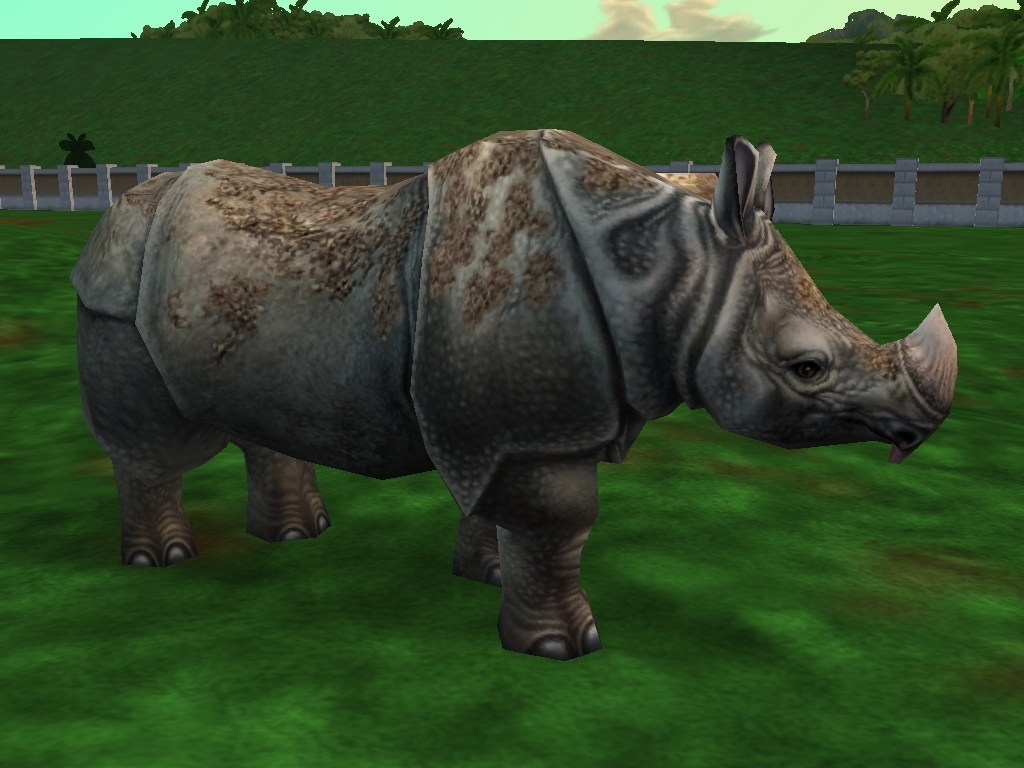
Click here to make a donation today – your support will help fund the plantation of rhino food, patrol units and sensor cameras to monitor these beautiful animals. You can help keep the remaining 67 Javan rhinos alive. Their food source in Ujung Kulon National Park is being taken over by out-of-control the invasive Arenga palm, but WWF-Australia is currently working to change that.Ĭan you spot the difference between the different species of rhinoceros?.Thousands of new, high-quality pictures added every day. The cause of their population decline has mainly been caused by poaching due to excessive demand for rhino horn and medicine.Scrapes made by their feet in the ground and twisted saplings seem to be used for communication.Male Javan rhinos mark their territories with dung piles and by spraying urine.They’re the second largest animal in Indonesia after the Asian elephant.

#Javan rhinoceros. skin
Its skin has a number of loose folds, giving the appearance of armor plating. This species is a dusky grey color and has a single horn of up to about 10 inches.


Vietnam’s last Javan rhino was poached in 2010. The historical range of the Javan rhino is believed to have included. Javan rhinos once lived throughout northeast India and Southeast Asia. There’s so little known about these rare species of rhinoceros, and sadly they’ve become critically endangered. The Javan rhino, Rhinoceros sondaicus, is also known as the lesser-one horned rhino. There are only 67 Javan rhinos left on Earth.


 0 kommentar(er)
0 kommentar(er)
